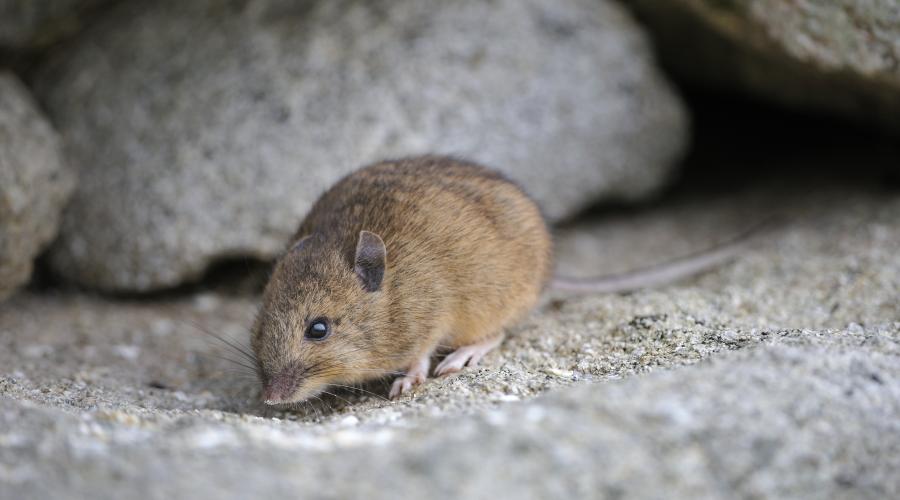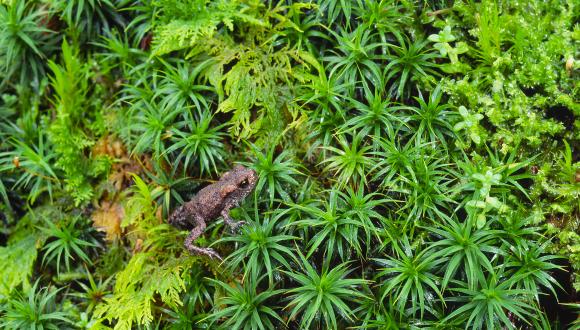
Other small mammals
Mice, voles and shrews are the most abundant mammals in Scotland and play a vital role in supporting key predators.
Insectivores
Scotland has five species of insectivore:
- common shrew
- pygmy shrew
- water shrew
- hedgehog
- mole
Shrews
Shrews have a very high metabolic rate, so must eat 80 to 90% of their body weight every day – and nearly twice this when feeding their young. A shrew will die if deprived of food for more than a few hours.
Shrews benefit humans as they consume many leatherjackets, caterpillars and other plant bugs. Each shrew eats hundreds of small invertebrates a day.
Dead shrews can sometimes be found lying out in the open. This is perhaps surprising given their size and vulnerability to a predators, but explanation lies in the scent glands located along their flanks which produce a distasteful musky odour.
Shrews were formerly subjected to persecution owing to the belief that if one was allowed to run round the feet or hands, the limbs would lose their power for ever afterwards. It was even thought that they could cause death to cattle. Such superstitions may have arisen from their distasteful properties.
Hedgehog
Hedgehogs occur across most of mainland Scotland and on a few islands such as Skye and Mull.
Introduced to the Western Isles in the 1970s, the hedgehog population there now numbers more than 7,000 animals. Their predation of the eggs of ground-nesting birds, particularly in the machair habitat of the Uists, led to the Uist Wader Research project.
Mole
Moles are also found across most of mainland Scotland and on a few islands including Skye and Mull.
Moles thrive in deciduous woodland with its abundant invertebrate life. You will see few molehills here, as the tunnel systems are less often damaged and can be handed down from generation to generation.
Moles are able to adapt to agricultural land, where you are more likely to see molehills. They also occur in Scotland in low densities in coniferous forests, moorland and sand dune systems.
Contrary to popular belief, moles are not blind but have tiny eyes. They find their way around their dark burrows using their noses and sensitive whiskers.
Rodents
Rodents are usually seen as domestic and agricultural pests.
Yet this group includes:
- threatened species – such as the red squirrel and water vole
- island specialists – like the St Kilda mouse and Orkney vole
Abundant species such as the field vole and the wood mouse play a critical role in the food chain. Their numbers in some cases regulate populations of our larger predators.
Rats are a conservation threat on some offshore islands, as they can seriously affect our internationally significant seabird colonies.






